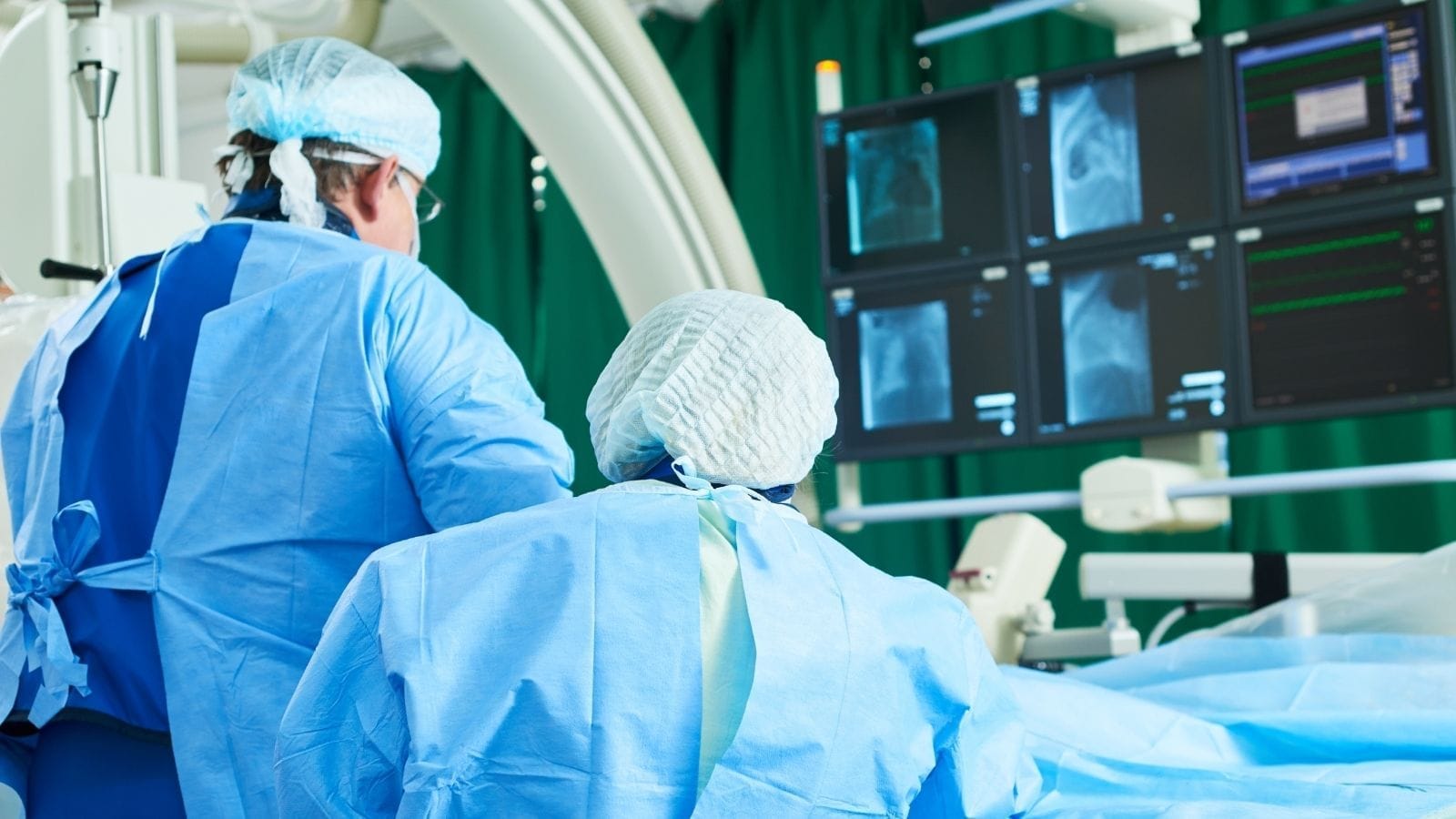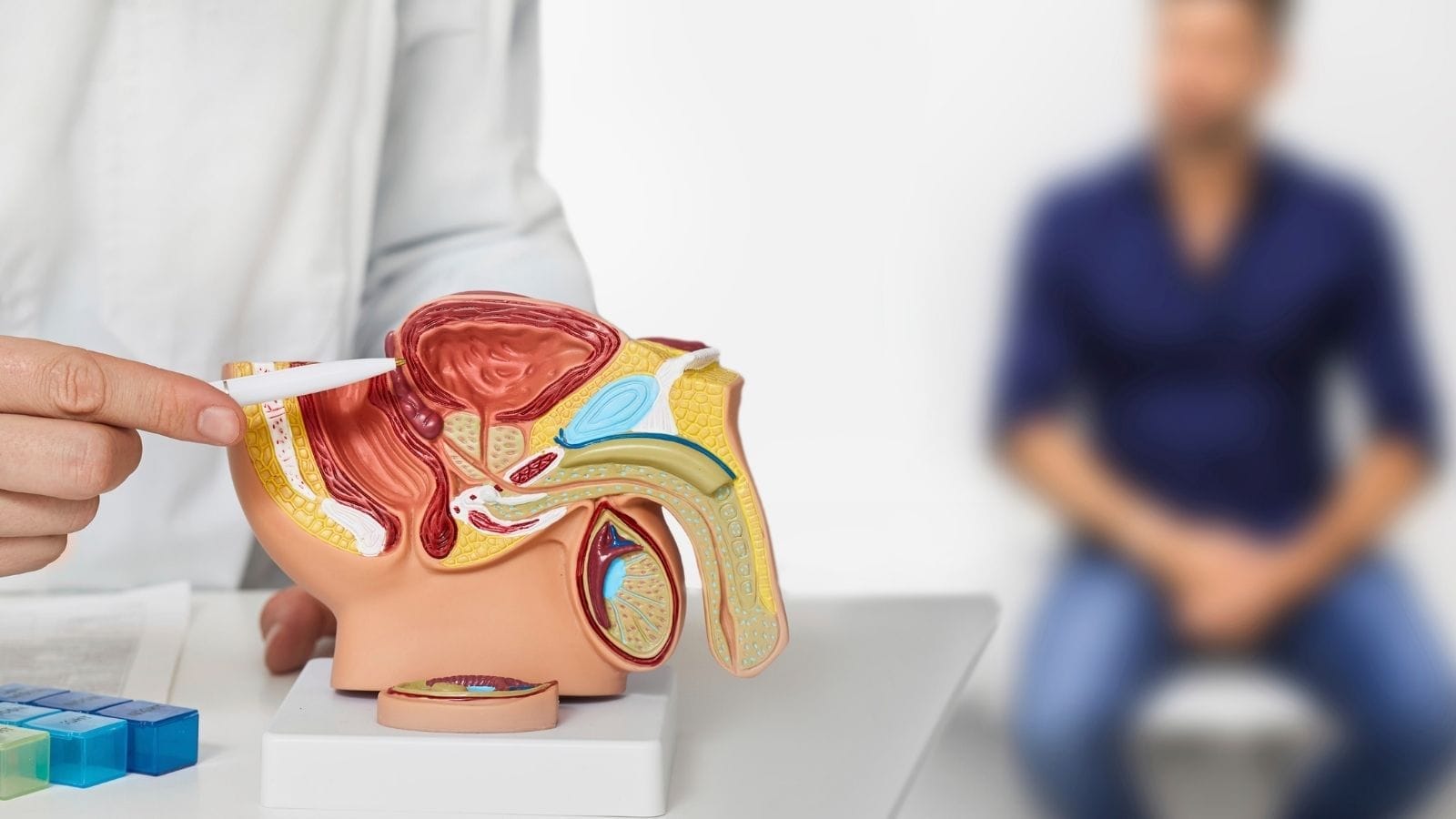Non-surgical cervical disc herniation treatment with interventional radiology offers targeted solutions such as injections, radiofrequency, and ozone therapy. These methods reduce pain and nerve compression without open surgery.
Image-guided procedures ensure precise drug delivery or thermal treatment to the affected area. This increases effectiveness while minimizing side effects.
Conservative and minimally invasive therapies are preferred before surgery. They provide rapid pain relief, improve neck mobility, and allow patients to return to normal activities quickly.
Interventional radiology techniques represent a safe and effective alternative for patients unsuitable for surgery. They play an essential role in modern spine treatment.

Prof. Dr. Özgür KILIÇKESMEZ
Interventional Radiology / Interventional Neuroradiology
Prof. Dr. Kılıçkesmez holds the Turkish Radiology Competency Certificate, the Turkish Interventional Radiology Competency Certificate, Stroke Treatment Certification, and the European Board of Interventional Radiology (EBIR). In his academic career, he won the Siemens Radiology First Prize in 2008.
How Does Percutaneous Cervical Disc Decompression Work?
Percutaneous cervical disc decompression (PCDD) is a minimally invasive interventional radiology procedure used to relieve pain and neurological symptoms associated with cervical disc herniation. This method aims to reach the targeted disc area under imaging guidance and safely remove the problematic disc material.
During the procedure, the patient lies supine and the neck is prepped under sterile conditions. Under fluoroscopic guidance, an anterolateral approach is used to insert a fine access needle into the target disc, taking care to protect adjacent structures such as the carotid artery and trachea. Once correctly positioned, a specialized device using Coblation® technology is introduced into the disc nucleus. This technology creates a low‑temperature plasma field that vaporizes the disc material. The process both reduces intradiscal pressure and retracts herniated material.
PCDD’s effects rely on both mechanical and thermal principles. Removing a portion of the nucleus reduces disc volume and internal pressure, thereby relieving pressure on the nerve roots. Controlled thermal effects also minimize the risk of damage to surrounding tissues. Clinical studies have demonstrated that this procedure effectively reduces pain, promotes functional improvement, and has a high safety profile. PCDD offers a promising, surgery‑alternative treatment option for appropriately selected patients.
What Are the Benefits of Non‑Surgical Cervical Disc Treatments?
Non‑surgical methods for treating cervical disc herniation provide effective and safe alternatives that enhance patients’ quality of life. Pain reduction and symptom improvement are the key advantages. Interventional techniques such as radiofrequency ablation (RFA) target the nerves in the affected area to significantly decrease pain. For example, one study reported up to a 75% reduction in pain scores post‑treatment. Similarly, non‑surgical spinal decompression relieves chronic pain and nerve compression symptoms while contributing to disc structural recovery.
A shorter recovery time is another benefit of minimally invasive procedures. These treatments are often performed on an outpatient basis, allowing patients to return quickly to daily activities. Being less traumatic than surgery, they facilitate a smoother convalescence.
Low complication rates also enhance the reliability of non‑surgical treatments. Procedures such as RFA have been observed to have virtually negligible serious complication rates.
Cost‑effectiveness is noteworthy as well. Compared with the high costs of surgery, non‑surgical treatments present a more economical option.
Finally, preservation of spinal mobility and high patient satisfaction further distinguish these methods. By avoiding spinal fusion, they support natural spinal movement. Patients frequently report feeling both physically and psychologically better after treatment.
Who Is a Candidate for Interventional Radiology–Based Cervical Disc Treatments?
Non‑surgical cervical disc treatments via interventional radiology yield high success rates with appropriate patient selection. Candidates for these procedures must meet specific clinical and radiological criteria. Clinically, they typically present radicular symptoms in which arm pain predominates over neck pain due to nerve root compression. It is essential that these patients have failed at least six weeks of conservative therapies such as physical therapy and medications. Ideal candidates have minimal or no neurological deficits and have not developed significant motor weakness or myelopathy.
Radiological evaluation also guides patient selection. Patients with small to moderate contained disc herniations may benefit, whereas the presence of free disc fragments or advanced disc degeneration renders these treatments unsuitable. Spinal instability or severe canal stenosis likewise contraindicates these procedures.
The success of these techniques is directly linked to proper patient selection. Studies have shown that techniques such as nucleoplasty and percutaneous cervical discectomy yield favorable outcomes, especially in patients with preserved disc height. Moreover, these procedures have not been associated with serious complications, making them a safe option.
What Are the Potential Risks and Complications of These Procedures?
Although minimally invasive, interventional radiology methods for non‑surgical cervical disc treatment carry some potential risks and complications. Infection risk, while rare, can range from superficial wound infections to discitis. Bleeding and hematoma formation pose risks, particularly in patients with coagulopathies; a hematoma may compress nerves and require urgent intervention. Nerve injuries can manifest as sensory or motor deficits.
Some patients may experience allergic reactions to contrast agents or medications used during the procedure. While typically mild, severe reactions such as anaphylaxis can occur. Specific procedures like percutaneous disc decompression and epidural steroid injections carry rare risks of discitis, dural puncture, or neurological deficits. Additionally, device‑related issues or radiation exposure in interventional radiology warrant careful consideration.
Failure to relieve symptoms or achieve the desired outcome may necessitate further treatment. Procedures that alter spinal biomechanics may also increase the risk of adjacent‑segment degeneration. Patient‑specific factors, such as diabetes or immunodeficiency, can elevate complication risks.
How Effective Are Non‑Surgical Cervical Disc Treatments via Interventional Radiology?
Interventional radiology offers advanced minimally invasive options as alternatives to surgery for cervical disc disorders. These techniques specifically target neck pain and nerve root compression symptoms caused by disc herniation. Methods such as Percutaneous Cervical Nucleoplasty (PCN) and Percutaneous Endoscopic Cervical Discectomy (PECD) have proven efficacy in reducing pain and improving function. For example, dramatic reductions in pain scores have been recorded following PCN, demonstrating its ability to provide long‑term relief.
PECD allows for faster recovery and shorter hospital stays compared with traditional surgery. Other minimally invasive decompression techniques—such as ultrasound‑guided Percutaneous Laser Disc Decompression (PLDD)—deliver high success rates without the risks of open surgery. CT‑guided Radiofrequency Ablation (RFA) also minimizes complications while effectively reducing neck pain.
All these methods are performed under radiological imaging guidance to ensure precision and maximize treatment success. Research indicates that they not only alleviate pain but also significantly enhance quality of life.

Girişimsel Radyoloji ve Nöroradyoloji Uzmanı Prof. Dr. Özgür Kılıçkesmez, 1997 yılında Cerrahpaşa Tıp Fakültesi’nden mezun oldu. Uzmanlık eğitimini İstanbul Eğitim ve Araştırma Hastanesi’nde tamamladı. Londra’da girişimsel radyoloji ve onkoloji alanında eğitim aldı. İstanbul Çam ve Sakura Şehir Hastanesi’nde girişimsel radyoloji bölümünü kurdu ve 2020 yılında profesör oldu. Çok sayıda uluslararası ödül ve sertifikaya sahip olan Kılıçkesmez’in 150’den fazla bilimsel yayını bulunmakta ve 1500’den fazla atıf almıştır. Halen Medicana Ataköy Hastanesi’nde görev yapmaktadır.









Vaka Örnekleri